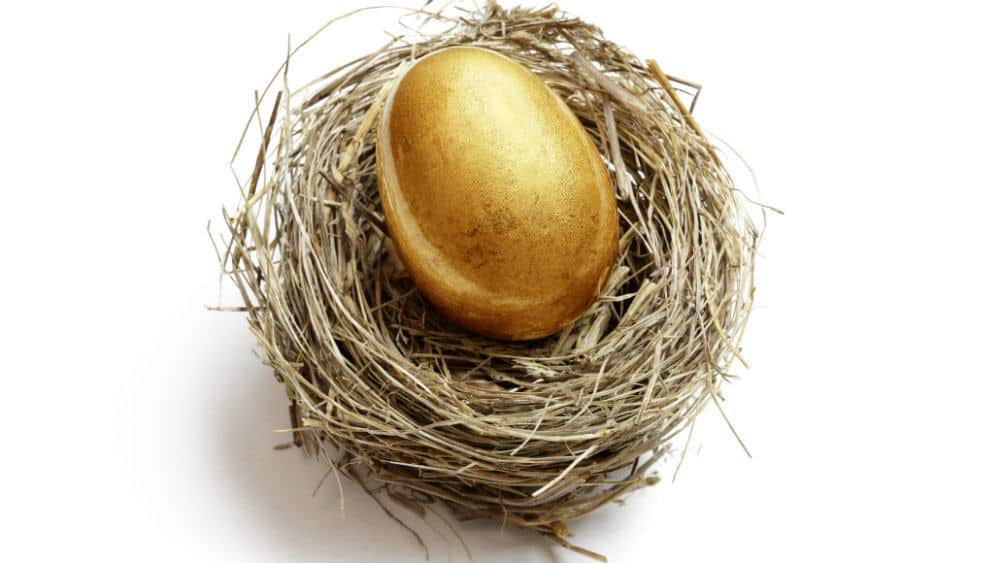Retired individuals dread a bear market or the coming of one. If you’re retired and reliant on stock dividends, pension, and other passive income for sustenance, you should know how to save your nest egg from the coming bear market.
Gone are your regular paychecks, and it’s your hard-earned money that’s under threat. And if the market turns for the worse, your nest egg faces depletion.
Take retirement planning seriously
Financial advisors repetitively advise people to prepare well for retirement. Those who invested time and money in building a nest egg for 20 or more years are in good financial shape. They’re not fearful of a bear market.
Their chosen investments of old probably include established and financially strong companies like Manulife (TSX:MFC)(NYSE:MFC). If you’re young and starting to invest, you could apply the same investment strategy of the retired people who are enjoying retirement life to the fullest.
Manulife is a blue-chip stock that’s ideal for long-term investors. You can purchase the stock today to secure your financial future. Should a bear market come along, you won’t be as terrified as the people who didn’t take retirement planning seriously.
This more-than-a-century-old life insurer is a household name not only in Canada but also in the U.S. and Asia. Manulife has evolved from a pure insurance company to a provider of financial services and asset management solutions. The company’s assets under management are worth more than $1.1 trillion.
Be disciplined in your spending
Your advantage with Manulife is that the stock pays a decent 4.55% dividend yield. There’s dividend growth in the future as well as a moderate capital gain. But what is more important are the sustainable dividend payments and the compounded returns from dividend reinvesting.
However, you can’t save your nest egg without disciplined spending. Retirees usually make the mistake of withdrawing from the retirement fund early on. When the market begins to struggle, you might experience financial dislocation.
Also, if you’re secure with your investment, you won’t feel the need to sell your holdings when a downturn comes. Manulife won’t tank. You’ll continue to receive passive income, which would be your active income in the future.
Save first, spend last
Are you sure you’re not in included in the statistics showing how poor Canadians are in saving money? Debunk the notion and open a TFSA. Put Manulife in your portfolio to kickstart your retirement.
During the 2008-2009 financial crisis, I learned that many retirees stay fully invested in stocks. Manulife is a blue-chip stock and a core holding. Together, both retirees and Manulife were able to survive the Great Recession.
Today, the Canadian economy is facing the same challenges the economies of the world are facing. But saving your nest egg is your responsibility alone. Choose your investments well, spend less, and save more so you would be in great financial shape. Otherwise, you only have yourself to blame for not saving your nest egg.










